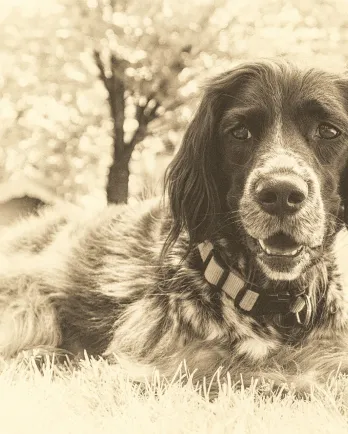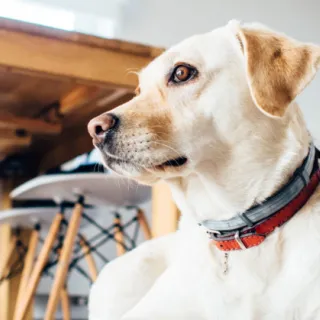MAAP Plan—Publish by Debra A. Vey Voda-Hamilton
In the prior three articles we talked about the plans you need to make that will provide care for your pet, the people you appoint to carry out those plans, and plans to address the needs of your individual pet(s). These articles help pet owners learn how to navigate the journey their pets will take if they cannot care for them. We discussed creating a MAAP (Make a plan, Address needs, Appoint caregivers, Publish plan). This MAAP helps others care for your pets in the way you intended.
The last piece of the MAAP plan is PUBLISHing. You must take the plan you write and publish it. Give it to the people you appoint so that they know what is in the best interest of your pet. This will complete the road MAAP that will help your pet caregivers and your pets live their best life. The caregivers understand your wishes, and you have funded the cost and given directives for the care you want your pet(s) to receive. Your pet will be able to stay with you and care for you in his or her own unique way. They may lie on your bed, curl up at your feet, or lick your face and hand. Or they will start their new life with a trusted new family.
The art of publishing is the last and most crucial step in the MAAP plan. You can make the best of MAAP plans, yet if no one knows about it or where it is, it will be as if you made no plan at all. It puts your pets at risk and makes the transition to those who you appointed to care for them difficult. How do you effectively publish your MAAP plan? By providing a copy of your plan to your family, all three of your appointed caregivers, your vet, and the attorney who made your will and pet trust, you have covered all your bases. Most people do this verbally. Yet, even in the best of times, people forget what they have said or agreed to do for your pet or decide they know better. There will be nothing you will be able to do to ensure your pets navigate the journey you intended. It is not in writing. It is not published.
Lastly, all the steps listed in these articles need to be checked yearly. Schedule a time each year—your birthday, your pet’s birthday, Thanksgiving, National Dog Day, New Year’s Day, or when you change the battery in your smoke alarm—to assure your plan is up to date. Does the money still cover the pets you now have and their needs during transition? Has the care of your pet(s) changed? Have your requirements regarding keeping or placing the pets changed? Finally, are the people you have appointed still able to step in and care for/take your pets? These are critical check-ins with your caregivers’ and your own needs. Remember your pet(s) are depending on you.
About the Contributor: Debra Vey Voda-Hamilton is the principal at Hamilton Law and Mediation, PLLC—the nation’s first solo mediation practice dedicated to helping people resolve conflicts over animals—Debra uses alternative dispute resolution to help address disagreements over the family pet during divorce, neighbors’ arguments over a barking dog, and confrontations between clients and veterinarians and other professionals who work with animals. HLM also looks forward to helping animal rights and welfare advocates see the benefit of having a conversation about the best interests of all parties—especially the animals—to resolve animal-related disputes. She works both nationwide and internationally. She has presented at veterinary schools, the American Kennel Club, the American Veterinary Medical Law Association, the Society of Animal Welfare Administrators, the Living With Animals conference, state bar association Animal Law Committee meetings, and animal interest group.



